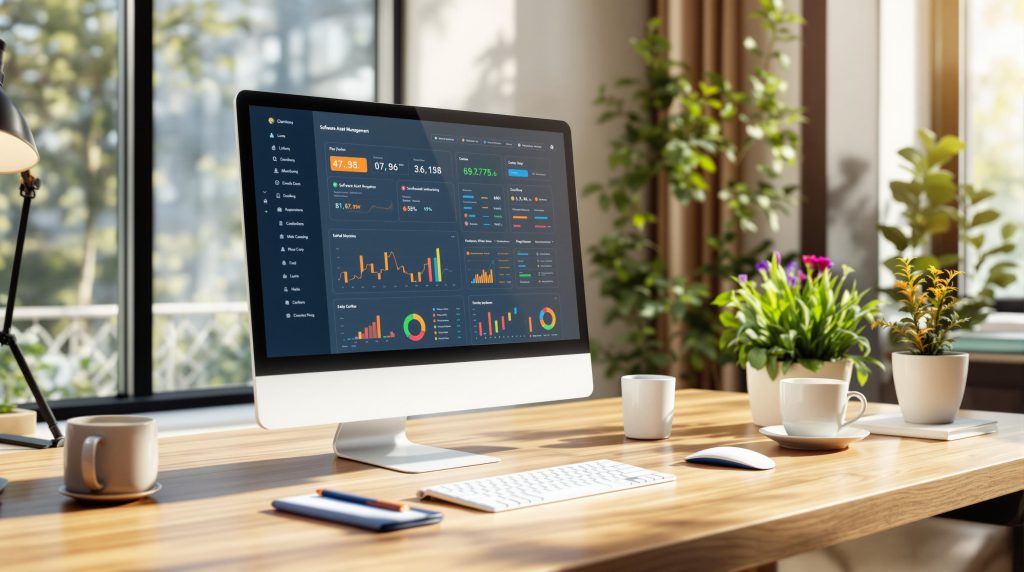Mastering Software License Management and IT Asset Management for Business Success
In today’s fast-paced digital world, companies rely heavily on software to drive productivity and innovation. However, managing software licenses and IT assets effectively is a critical challenge many organizations face. Proper software license management and IT asset management are essential to ensure compliance, reduce costs, and maximize the value of technology investments. This article explores the importance of these two practices and offers insights on how businesses can excel at both.
What Is Software License Management?
Software license management refers to the process of tracking, controlling, and optimizing the licenses a company owns for its software applications. This management ensures that the organization uses software in accordance with vendor agreements and legal requirements. Effective license management prevents overuse, underuse, and unauthorized software installations.
When businesses neglect software license management, they expose themselves to risks such as costly audits, legal penalties, and wasted spending on unused or unnecessary licenses. On the other hand, well-executed license management helps organizations stay compliant and budget-savvy.
Understanding IT Asset Management
IT asset management (ITAM) goes beyond software to include hardware, network devices, and even cloud services. It involves maintaining an accurate inventory of all IT assets, tracking their lifecycle from procurement to disposal, and ensuring assets are properly utilized and maintained.
IT asset management plays a crucial role in improving operational efficiency, enhancing security, and planning technology upgrades or replacements. When combined with software license management, ITAM provides a holistic view of a company’s technology environment.
Why Businesses Need to Prioritize Software License Management and IT Asset Management
- Cost Savings and Budget Control
Many organizations overspend on software licenses they do not fully use. Software license management helps identify these unused licenses and allows businesses to reallocate or cancel them, thus saving costs. Meanwhile, IT asset management prevents unnecessary hardware purchases and helps extend the lifespan of existing assets. - Regulatory Compliance and Risk Mitigation
Software vendors regularly conduct audits to ensure customers comply with licensing agreements. Non-compliance can lead to hefty fines and legal consequences. Software license management ensures all licenses are valid and appropriately assigned. IT asset management complements this by providing transparent records of hardware and software deployment, helping during audits or investigations. - Improved Security and Reduced Vulnerabilities
Both software and hardware pose security risks if not properly managed. Untracked assets may run outdated software versions, lacking necessary patches or updates. Effective IT asset management keeps devices and software current, reducing vulnerabilities and protecting company data. - Operational Efficiency and Productivity
Knowing what software and hardware assets are available and in use enables IT teams to optimize resource allocation. This reduces downtime and supports employee productivity. Software license management ensures users have access to the right applications without delays or disruptions.
How to Implement Effective Software License Management
- Conduct a License Audit
Start by taking inventory of all software licenses currently in use. Identify the types, quantities, and expiry dates. Understand the terms and restrictions of each license to ensure compliance. - Centralize License Information
Use a dedicated software license management tool or platform to consolidate all license information. This central repository should track renewals, usage statistics, and compliance status in real-time. - Automate License Tracking
Automation reduces human error and provides continuous oversight. Automated tools can monitor license usage patterns and alert IT managers of potential compliance issues or opportunities to optimize license allocation. - Regularly Review and Adjust
Software needs change as business priorities shift. Conduct regular reviews to assess whether licenses match current demands. Reassign or cancel unnecessary licenses to optimize costs.
Best Practices for IT Asset Management
- Maintain a Comprehensive Asset Inventory
Document every IT asset, including purchase details, warranty information, location, and user assignments. Keeping this data up to date is fundamental for effective management. - Establish Lifecycle Management Processes
Define clear procedures for asset acquisition, deployment, maintenance, and retirement. This approach helps maximize asset value and ensures compliance with disposal regulations. - Integrate ITAM with Software License Management
Linking IT asset and software license data provides a complete picture of technology usage. Integration helps identify mismatches such as software installed on unauthorized devices or unlicensed software on company hardware. - Use Technology to Enhance Accuracy
Employ asset tracking technologies like barcodes, RFID tags, or endpoint management software. These tools improve inventory accuracy and speed up audits.
The Role of Cloud and Virtualization in License and Asset Management
The rise of cloud computing and virtualization adds complexity to managing licenses and IT assets. Organizations must track software subscriptions, usage-based licenses, and virtual assets. Modern software license management solutions include capabilities to monitor cloud services and virtual environments, ensuring continued compliance.
Similarly, IT asset management now covers virtual machines and cloud resources, requiring tools that provide visibility into hybrid environments.
Conclusion: Drive Business Success with Smart License and Asset Management
Mastering software license management and IT asset management is no longer optional—it’s essential for any business relying on technology. These practices deliver cost savings, enhance compliance, improve security, and boost operational efficiency. Companies that invest in robust management strategies position themselves to leverage technology fully while mitigating risks.
If your organization wants to optimize IT resources and gain better control over software licenses and assets, start by evaluating your current processes. Implement automated tools, establish clear policies, and regularly review your IT environment. With discipline and the right technology, you can turn software license management and IT asset management into powerful drivers of business growth.













